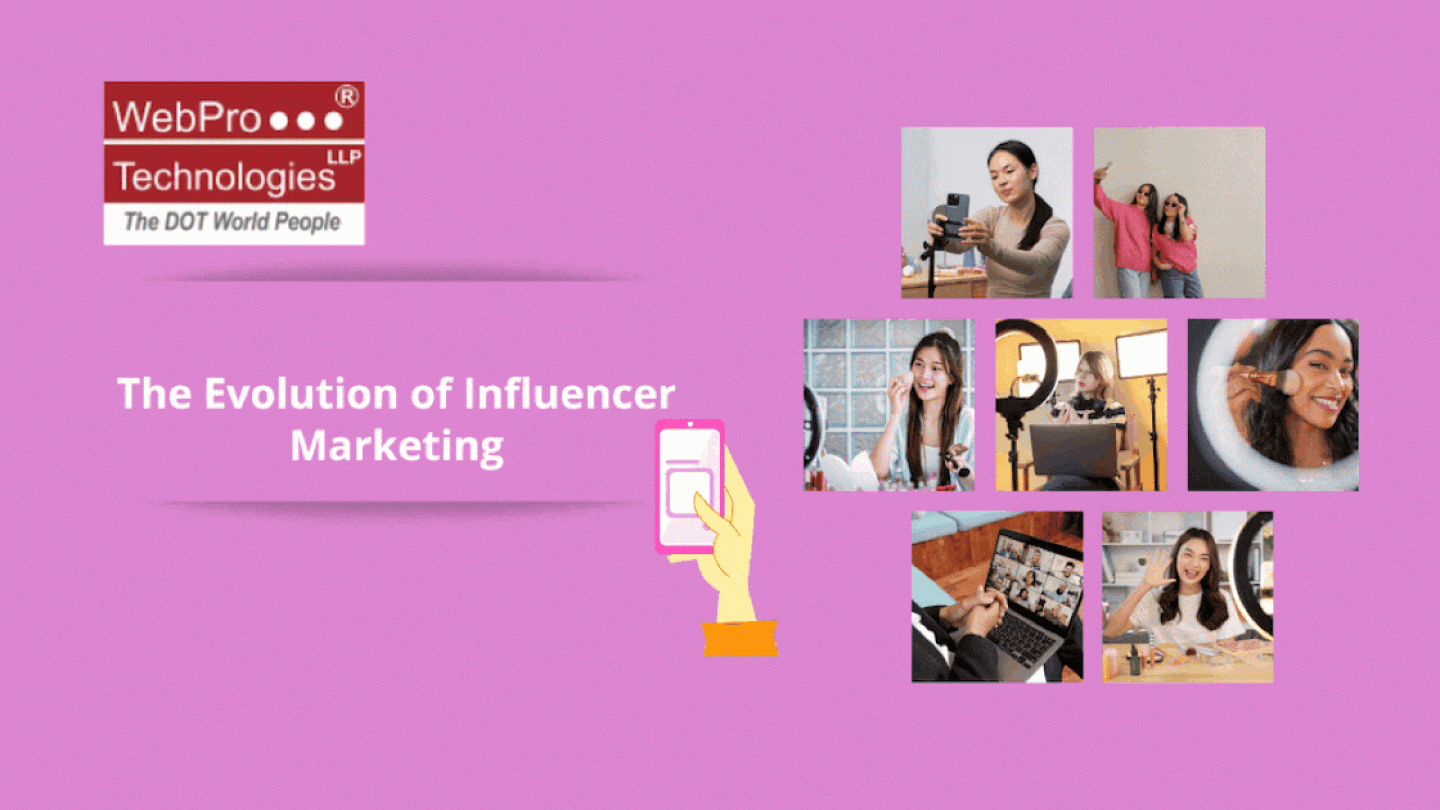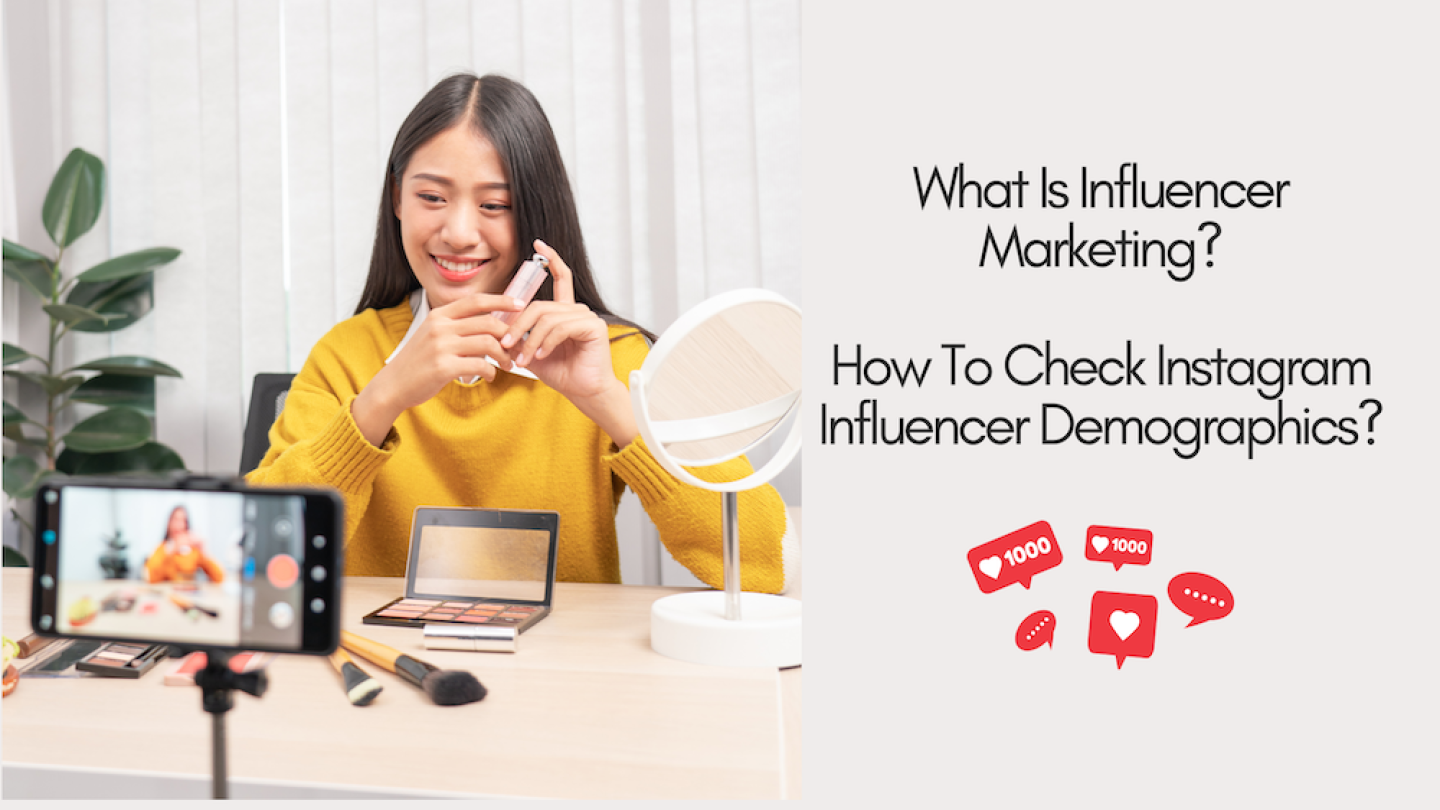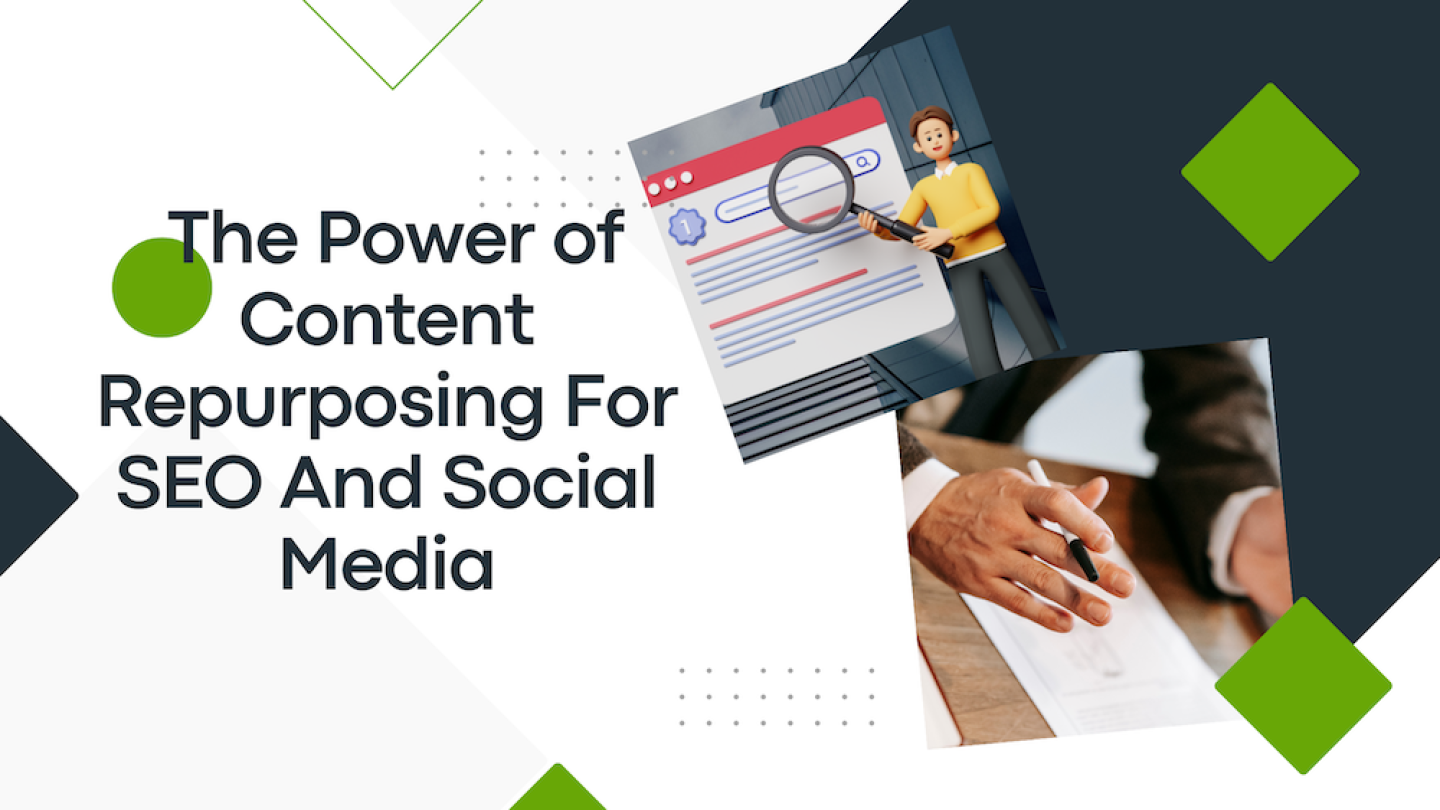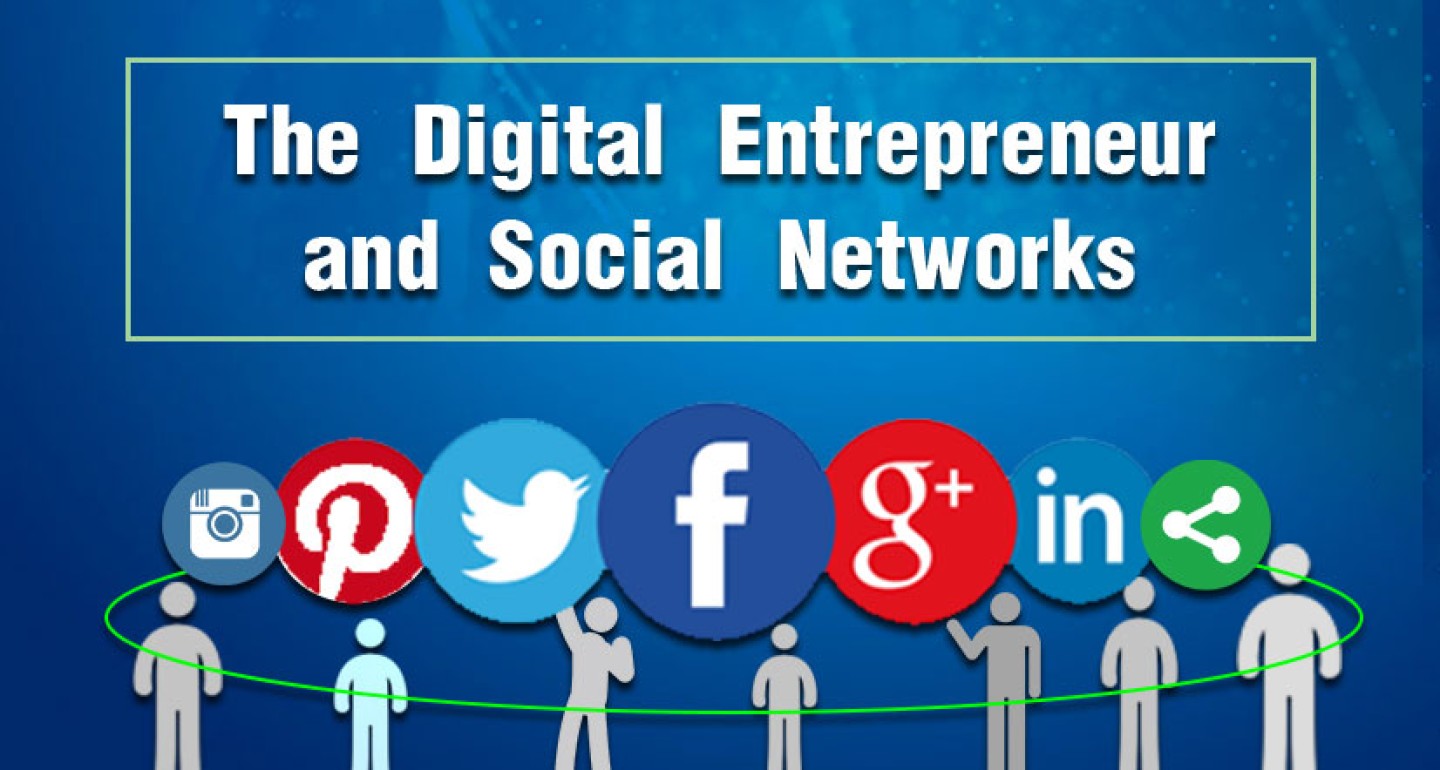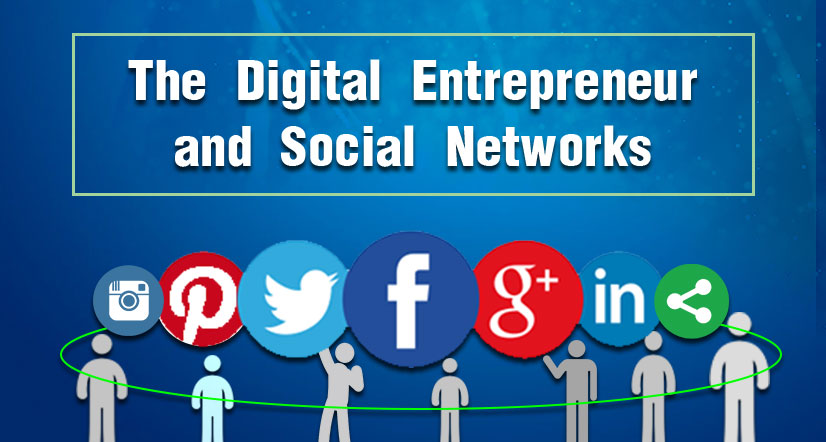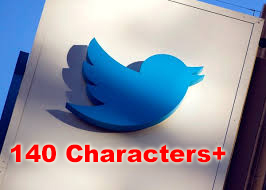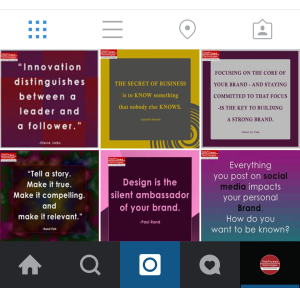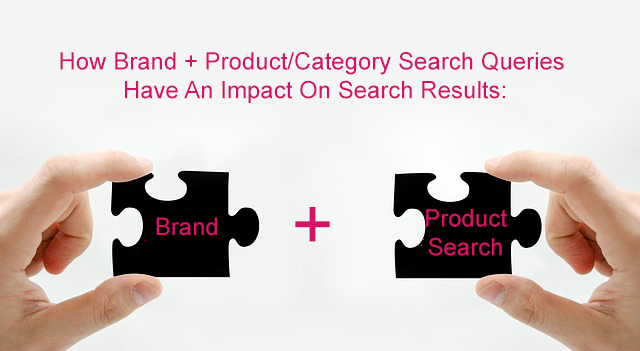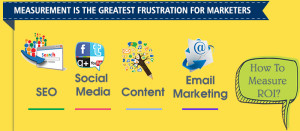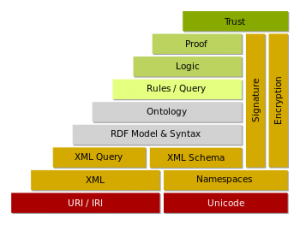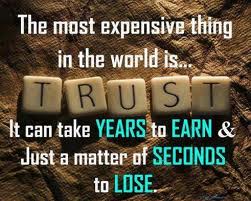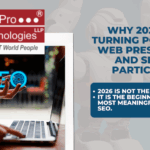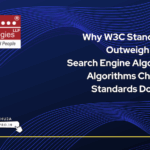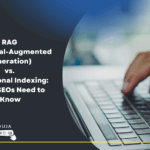A decade ago, influencer marketing was largely synonymous with celebrity endorsements, where brands collaborated with well-known figures to promote their products. However, over time, social media democratized influence, enabling everyday individuals to amass large and loyal followings.
Today, brands recognize that influence isn’t just about follower count but about engagement, trust, and the ability to inspire action. This shift has given rise to micro and nano influencers, who, despite having smaller audiences, often foster more meaningful relationships with their followers.
The journey of influencer marketing has seen the following phases:
- The Era of Celebrity Influence (Pre-2015) – Dominated by big names and high-budget collaborations. This was the age of mass marketing tactics applied to the digital sphere. Big brands partnered with A-list celebrities, leveraging their established fame to generate awareness. While effective for initial reach, these campaigns often lacked genuine connection and relatability. Think of it as the broadcast era, simply ported online.
- The Rise of Social Media Influencers (2015-2020) – Instagram and YouTube creators gained significant influence, shifting the power away from traditional celebrities. Platforms like Instagram and YouTube ushered in a new breed of creators – individuals who built their audiences from the ground up, sharing their passions and expertise. This era saw a shift in power away from traditional celebrities as consumers began to value authenticity and relatability over sheer fame. This was the dawning of the "creator economy," with personalities carving out niches and building loyal communities.
- The Age of Authenticity (2020-2023) – Consumers became wary of scripted promotions, demanding more genuine influencer collaborations. Consumers, bombarded with sponsored content, grew increasingly discerning. Scripted promotions and inauthentic partnerships became a major turn-off. This period emphasized the importance of genuine connection and transparency. Brands that embraced authenticity, allowing influencers to express their honest opinions and share real experiences, began to reap the rewards. This era demanded a more human approach.
- Data-Driven Influencer Marketing (2024-Present) – AI, analytics, and advanced performance tracking have made influencer marketing more measurable and ROI-driven. We've now entered an era of unprecedented measurability. Artificial intelligence (AI), sophisticated analytics, and advanced performance tracking have transformed influencer marketing into a data-driven science. Brands can now precisely measure the ROI of their campaigns, identify the most effective influencers, and optimize their strategies for maximum impact. The gut-feeling is out, data-driven decision-making is in.
In 2025, influencer marketing has become more sophisticated than ever, integrating technology, psychology, and regulatory compliance to maximize effectiveness.
Key Trends Shaping Influencer Marketing in 2025
Several trends define the influencer marketing landscape in 2025, making it necessary for brands to adapt their strategies accordingly.
- Authenticity and Transparency Take Center Stage
One of the most critical factors in influencer marketing effectiveness is authenticity. Modern consumers have grown skeptical of overly polished, scripted endorsements. They want to see real experiences, honest opinions, and genuine interactions.
Brands that prioritize authenticity in their influencer partnerships witness higher engagement and long-term customer loyalty. Strategies to enhance authenticity include:
- Creative Freedom is Crucial:Forget rigid scripts and pre-approved messaging. Empower influencers to craft content that resonates with their audience in their own voice.
- Storytelling Sells:Encourage influencers to share their personal experiences with your product or service, highlighting both the pros and cons.
- Disclosure is Non-Negotiable:Clearly disclose all paid partnerships using appropriate hashtags and disclaimers. Transparency builds trust and protects your brand from legal repercussions.
- Micro and Nano Influencers Outperform Celebrities
Gone are the days when brands chased influencers with millions of followers. In 2025, micro (10,000-100,000 followers) and nano influencers (fewer than 10,000 followers) have become the preferred choice due to their:
- Higher Engagement Rates – Smaller communities often have deeper trust and interaction with influencers.
- Better Niche Targeting – Micro and nano influencers often cater to specific interests (fitness, tech, sustainable fashion, etc.), making them ideal for precise brand messaging.
- More Cost-Effective Campaigns – Working with multiple smaller influencers can yield better ROI than investing in one celebrity endorsement.
Brands that invest in micro-influencers witness not only higher engagement but also stronger word-of-mouth marketing.
- Expansion Beyond Instagram and YouTube
While Instagram and YouTube remain dominant, 2025 has seen a significant diversification in platforms. Emerging and growing platforms include:
- TikTok's Dominance: Short-form video content continues to captivate audiences, making TikTok a must-consider platform.
- B2B Influence on LinkedIn and X (Twitter): Thought leaders and industry experts are wielding increasing influence in B2B purchase decisions.
- Gaming and Tech on Twitch & Discord: These platforms offer access to highly engaged audiences interested in gaming, technology, and related topics.
- The Rise of Decentralized Social Media: Blockchain-based platforms are gaining traction, offering increased transparency and security for influencer marketing.
Brands that limit themselves to just one or two platforms risk missing out on key audience segments.
- Data-Driven Campaigns for Measurable ROI
One of the most significant improvements in influencer marketing effectiveness is the rise of AI-powered analytics and data-driven decision-making. Brands now leverage advanced tools to:
- Track Real Engagement – AI can differentiate real engagement from fake likes and comments, ensuring brands invest in genuine influencers.
- Measure Conversion Rates – Beyond likes and shares, brands now track how influencer campaigns drive actual sales, sign-ups, or other desired actions.
- Use Predictive Analytics – AI tools predict which influencers will perform best for a specific brand based on historical data and audience insights.
- Stricter Regulations and Compliance Requirements
With the growing impact of influencer marketing, governments and advertising regulatory bodies have implemented stricter guidelines. Brands must ensure:
- Full Disclosure of Sponsored Content – Influencers must clearly indicate paid partnerships using terms like #ad or #sponsored.
- Adherence to Industry-Specific Laws – Sectors like health, finance, and technology have unique guidelines that influencers must follow.
- Transparency in Affiliate Marketing – If influencers earn commissions from product links, they must disclose this information.
Failing to comply with these regulations can result in fines, lawsuits, and reputational damage.
How to Measure the Effectiveness of Influencer Marketing in 2025
Effectiveness is no longer measured solely by the number of likes or followers. Key performance indicators (KPIs) in 2025 include:
- Engagement Rate – The ratio of likes, comments, shares, and saves to follower count.
- Conversion Rate – How many followers take the desired action (purchase, sign-up, download, etc.).
- Brand Awareness – Measured through surveys, mentions, and search volume increases.
- Cost per Acquisition (CPA) – The total campaign cost divided by the number of conversions.
- Long-Term Customer Value (LTV) – Brands analyze whether influencer-driven customers become repeat buyers.
By focusing on these KPIs, brands can refine their strategies for maximum effectiveness.
Challenges in Influencer Marketing and How to Overcome Them
- Oversaturation of Sponsored Content
With so many influencers promoting brands, consumers often experience "ad fatigue." Brands can counter this by:
- Partnering with influencers who create unique and engaging content.
- Prioritizing storytelling over hard-selling.
- Fake Followers and Engagement
Many influencers buy fake followers, leading to wasted marketing budgets. Brands should:
- Use AI tools to detect fraudulent accounts.
- Work with agencies that verify influencer authenticity.
- Platform Algorithm Changes
Social media platforms frequently alter their algorithms, affecting content reach. Brands should:
- Diversify their influencer marketing strategy across multiple platforms.
- Focus on building owned communities, such as email lists and brand communities.
Best Practices for Brands in 2025
To maximize influencer marketing effectiveness, brands should:
- Align with Influencers Who Share Their Values – Authentic partnerships yield the best results.
- Create Long-Term Collaborations – One-time promotions are less effective than ongoing relationships.
- Invest in Video Content – Short-form videos (TikTok, Instagram Reels) generate the highest engagement.
- Encourage User-Generated Content (UGC) – Customers who create content around a brand amplify its reach.
- Leverage AI and Machine Learning – Predictive analytics help brands optimize influencer campaigns.
Influencer marketing in 2025 is more refined, data-driven, and focused on authenticity than ever before. Brands that adapt to new trends, prioritize genuine engagement, and use advanced analytics will continue to see success.
By leveraging micro-influencers, diversifying across platforms, and staying compliant with regulations, brands can maximize their influencer marketing ROI and build stronger customer relationships in the digital age.
By prioritizing authenticity, embracing data-driven decision-making, and adapting to evolving trends, brands can unlock the full potential of influencer marketing and build lasting relationships with their target audiences. The future of influence is here, and it's all about genuine connection, measurable results, and strategic innovation.
